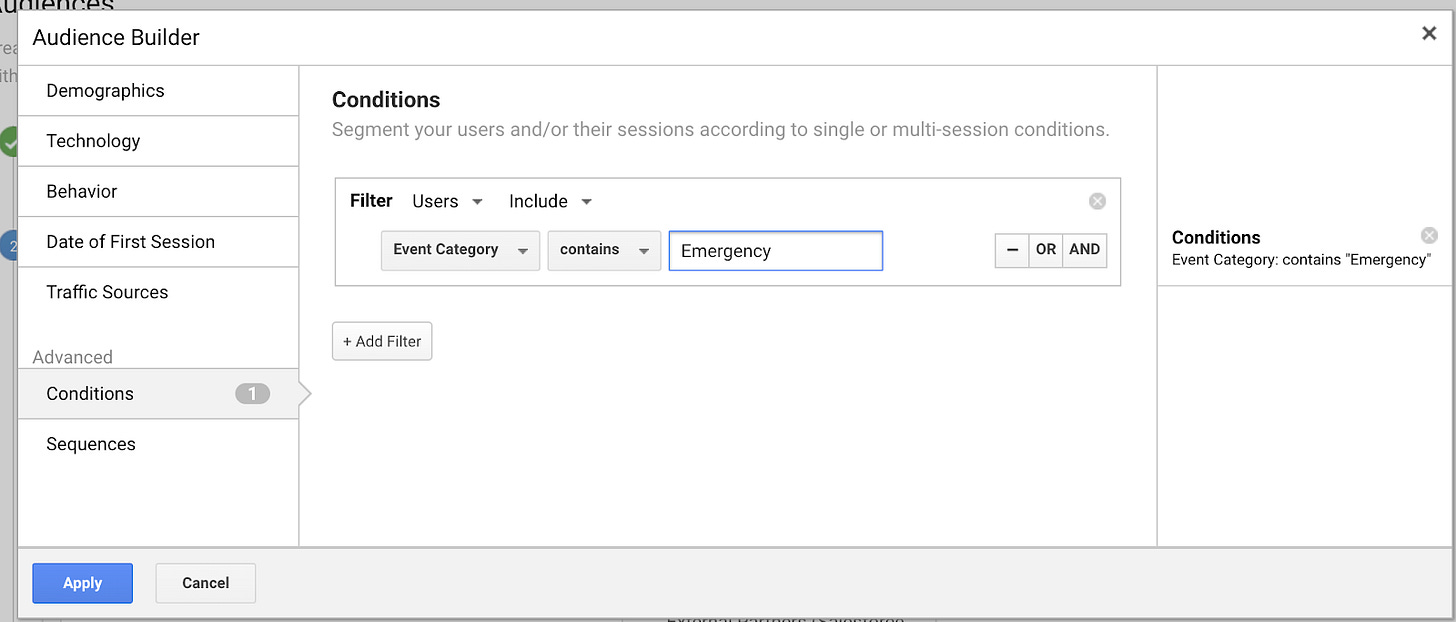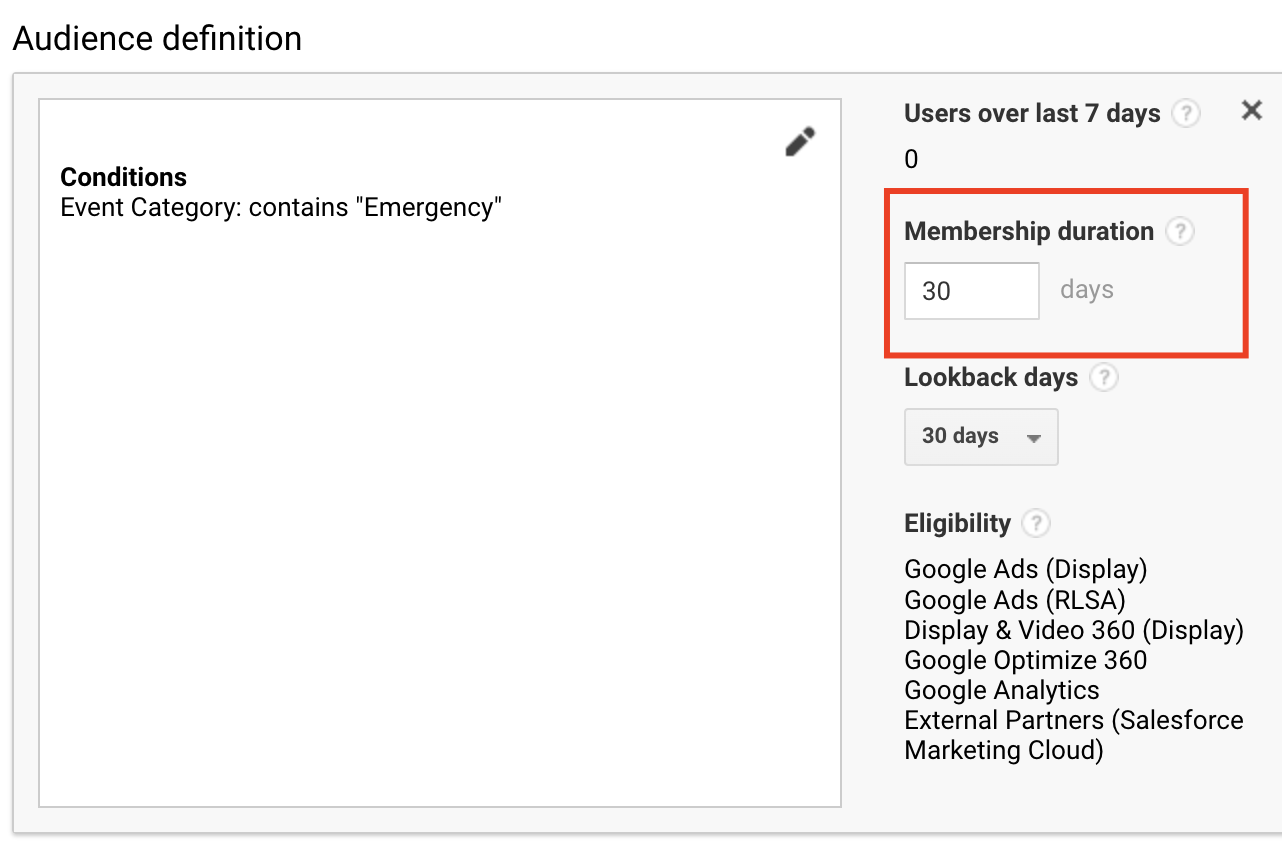Happy Sunday! Let’s dig in.
In light of the number of emergencies unfolding around the world, I wanted to double click into exactly how to re-activate emergency donors and increase their LTV. Below I’ve included screenshots from Google Analytics and outlined the campaigns that I’d have running in Display and Search to support this goal.
I also highlight some interesting developments in Digital Out of Home (DOOH) - think deeper connectivity between face-to-face fundraisers and the digital marketing team - and, suggest we focus on marketing efforts that have the ability to compound.
If you don’t find this content valuable, you can permanently unsubscribe at the bottom of this email. If you like it, subscribe and don’t miss the weekly post:
News to Peruse
Meta published their “Widely Viewed Content Report” for Q2. These insights should benefit your ad strategy.
Precis: Content with links gets the least views, while content from Pages, Groups, and friends gets the most (88% of views). The most engaging posts are short videos with catchy thumbnails and visible captions. Organic reach is still terrible (no surprise).
Instagram's upcoming feature “Candid Challenges” appears to be an imitation of BeReal (currently the No. 1 free app in the App Store). Like BeReal, every day at a different time, you're prompted to take and share a candid photo in two minutes.
Remains to be seen how businesses will take advantage… could this be a nifty way to engage current and prospective donors from the Field?
Looking to explore TikTok marketing but unsure where to start? TikTok published a helpful guide this week.
1. DOOH
Insight: Google Marketing Platform Blog
The pace of change in Digital-Out-of-Home seems to be ramping up.
Google recently added the ability to buy out-of-home ads within Display Video 360, which sits under the umbrella of GMP. It aggregates inventory from emerging specialist players like Hivestack and Vista and gives access to inventory from major players like Decaux.
The early steps being made into programmatic trading of OOH and the progress in dynamic creative this allows is interesting. Imagine the support DOOH could afford face-to-face fundraising efforts in the not too distant future!
The case study Google shared this week with ASOS is a good read, snippet below:
“ASOS used Display & Video 360 to quickly select digital billboards with the map UI and arrange relevant Programmatic Guaranteed deals with leading publishers…
This streamlined approach allowed the brand to lean on a central platform to buy, implement and measure their campaign. As a result, the team fast tracked the process of booking hundreds of digital billboards, generating 22 million viewed impressions across the two countries.”
And then along come Amazon adding the ability to buy in-store posters.
I’ve mentioned in recent weeks the many new platforms popping up whose inventory non-profits could be exploring eg Uber, Lyft, Apple DSP. How long before other Merchant Media players make their in-store inventory available?
Now is the time to start securing inventory ahead of End of Year.
2. How-To: Ensure LTV After an Emergency Donation
One-time emergency donors need to be converted into long-term, committed, supporters of the brand. For those of you activating around emergencies right now and trying to retain a donor for the longer term below is A) how to set up the appropriate tracking and B) which paid campaigns I’d have in place.
A. Conversion Tags need to be recording a custom event for every Emergency-specific donation form conversion.
Google recently (drastically) changed how their tags work - THIS article explains how to configure it (requires a Google Ads <> Google Analytics integration). Your Event Category should clearly differentiate “emergency” donations:
Once tracking is in place, create a separate audience for Emergency donors > Google Analytics > Admin > Audience Definition section:
Best practice is to segment donors based on the specific type of emergency they donated to.
B. Once the audience is created, build a new set of campaigns targeted only at this audience.
I found the following 4-part campaign mix to be the most impactful:
Display campaigns: sharing a “Journey of a Dollar”-type message served within 2 weeks of the donation. These campaigns showcase how you’re administering donations and what value your non-profit is able to provide because of “donors just like you”...
RLSA (Re-marketing Lists for Search Ads) campaigns: a separate set of your Branded and Non-Branded SEM campaigns, targeted only at your Emergency donors with ~2x higher bids. These ones will ensure that none of your competitors are “stealing” those semi-loyal donors of yours next time they’re ready to donate.
Display campaigns: targeted at Emergency donors with messaging and “pillars” within the same topic as the emergency they already donated to EG they converted on a Back-to-School message, so the pillar would be Education. Serve them messaging that sits within this arc.
Display campaigns: with a direct and clear Monthly Donation ask.
From experience, all the above types of campaigns work best within a 60-day window after a donation to an emergency with supporting roles played by social and email.
For all the above campaign types, the importance of “recency” can’t be overstated. The way I usually set it up (see image below) is to create more than one audience in Google Analytics with the same conditions but different Membership Duration:
This way you create a few audiences upfront and assign them to applicable campaigns without having to worry about refreshing audiences. All your campaigns will only be shown to emergency donors within a designated time frame.
Let me know how you get on and where I can help.
3. Play the Long Game
The key to compounding marketing efforts is eliminating one-off initiatives and thinking in systems instead.
One of the best reframes I've used is thinking about how to create a system where marketing efforts have the ability to compound.
Not:
- One-off campaigns
- One-off content pieces
- One-off organic social posts
- One-off blog posts
- One-off emailsInstead:
- Monthly paid campaign plans with new themes
- Recurring content pillars that feed other channels
- Content pillars redistributed for paid social
- A landing page that feeds ads and emails
- Nurturing one-off donors with upsell messaging to monthly giving
When you do one-off efforts, you're not consistent enough by design to make an impact.
Marketing will not fix the fundraising problem you have today. But it can generate existing demand today and create new demand so that over time, you receive a steady flow of inbound leads that fuel the growth of your organization’s mission and make outbound easier.
The only way to create that new demand is to consistently show up and clearly communicate your mission and your value-add to your community.
Show up again, and again, and again
Do that in the right way over time, and watch how you'll start to consistently generate incremental fundraising dollars.
Interesting Reads (& Listens) This Week
Benedict Evans: Understanding Privacy
>Ads, privacy and confusion. More questions than answers. And that’s what I liked about this discovery and at times discursive post.
>An overview of Nike’s Web3 strategy
How TIME Reimagined A Media Brand Through TIMEPieces NFTs and Web3 (podcast)
>These Nike and Time stories are inspiring examples of people who got past the theory of Web 3 and brought some ideas to life.
Community Career Opportunities
Central Park Conservancy: Director of Marketing
Feeding America: Director, Digital Media Strategy & Execution
Save the Children US: Senior Director, Digital Marketing
Wikimedia Foundation: Senior Director, Digital Fundraising
World Vision International: Digital Sponsor Experience Innovation Leader
Thank you for reading Some Personal News.
If you enjoyed this, please consider sharing with a friend. If a friend sent you this, get the next newsletter by signing up.
See you next week!






